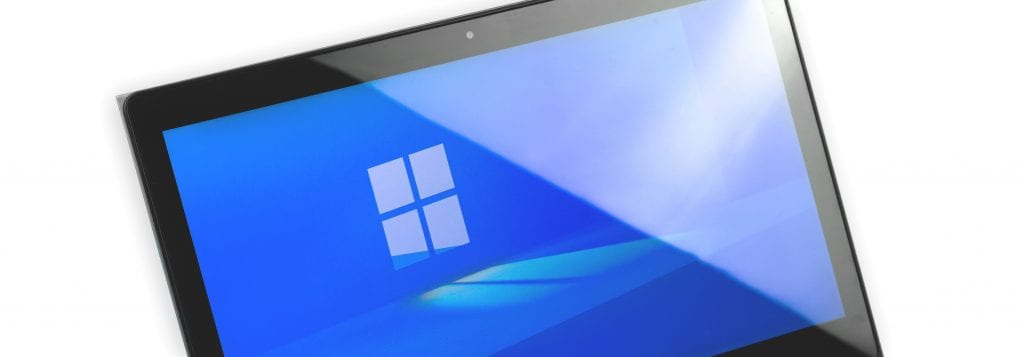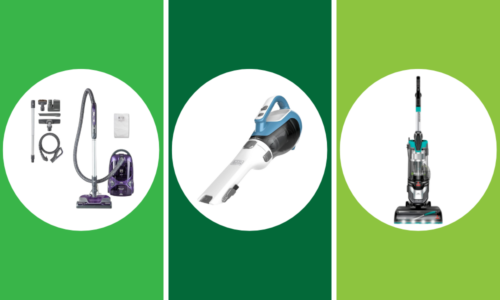The products and services mentioned below were selected independent of sales and advertising. However, Don't Waste Your Money may receive a small commission from the purchase of any products or services through an affiliate link to the retailer's website.
Windows is rolling out its latest operating system, and the good news is that if you already use Windows 10, you’ll be able to download Windows 11 for free.
Microsoft announced Windows 11, a major overhaul of the Microsoft operating system, on June 24. It will be released to the general public around the holidays this year, and existing Windows 10 customers can start downloading the upgrade around that time.
Microsoft is tagging the new operating system as “redesigned for productivity, creativity and ease.”
It touts the streamlined, clean and easy-to-use Windows 11 as helping you connect to others for work, play or learning.
Computers need to meet certain operating system requirements to be able to change over to Windows 11. You can check whether your current Windows 10 PC is capable of running the free upgrade to Windows 11 by visiting Microsoft.com.
On the Windows 11 web page, look for a blue text box under the heading “Get Ready.” There, you can download the PC Health Check app. The “PC health at a glance” page inside the app will let you click a button to check your specs quickly and easily.
Your computer needs 1 gigahertz (GHz) or faster with two or more cores on a compatible 64-bit processor, at least 4 GB of RAM, and 64 GB or more of storage. You also need an Internet connection.
CNET has a helpful video on YouTube (below) to show you how to check if your computer will be eligible for the free upgrade.
CNET also describes Windows 11 as having a “more Mac-like look” in its operating system design. The sneak peeks released so far seem to back that up.
The start button is now in the middle of the bottom taskbar. A customizable widgets popup screen will be available. You’ll be able to arrange multiple visible screens in the configuration you want with Snap layouts, and Microsoft Teams will now be accessed directly through the taskbar without the need for separate installation.
With Windows 11, you’ll also be able to download and use Android apps directly in Windows for the first time, instead of only through mobile devices.
It’s been a while since Windows made a major update like this. Windows 10 came out back in 2015. If you’re particularly attached to Windows 10, know that by October 2025, Windows will no longer offer support for that OS.
Are you looking forward to trying out Windows 11 when it’s released this coming fall and winter?









